Let’s dive into understanding shingles, its causes, symptoms, and the importance of vaccination.
Understanding Shingles
Shingles, also known as herpes zoster, is a viral infection that causes a painful rash. Although shingles can occur anywhere on the body, it most often appears as a single stripe of blisters that wraps around either the left or the right side of the torso. It’s caused by the varicella-zoster virus, the same virus responsible for chickenpox. After a person recovers from chickenpox, the virus lies inactive in nerve tissue near the spinal cord and brain. Years later, the virus may reactivate as shingles.
Who is at Risk?
Anyone who’s had chickenpox may develop shingles. However, the risk increases with age, typically affecting older adults and people with weakened immune systems. Stress, certain medications, and health conditions that weaken the immune system, such as cancer and HIV, can also trigger the reactivation of the virus.
Symptoms of Shingles
The first symptom of shingles is often extreme sensitivity or a painful burning sensation in one area of the skin, even before any rash appears. As the infection progresses, other symptoms may include:
– A red rash that begins a few days after the pain
– Fluid-filled blisters that break open and crust over
– Itching
– Fever and chills
– Headache
– Fatigue
One of the hallmark symptoms of shingles is that the rash or blister occurs on only one side of the body, following a nerve path.
Complications
While shingles can be painful, it’s also associated with several complications, the most serious being postherpetic neuralgia. This condition occurs when the shingles pain continues long after the blisters have cleared, due to damage to the nerves. Other complications can include vision loss, neurological problems, and skin infections.
Prevention and Treatment
There is no cure for shingles, but prompt treatment with prescription antiviral drugs can speed healing and reduce the risk of complications. These medications are most effective when taken as soon as possible after the rash appears.
Conclusion
Shingles is a painful condition that can lead to severe complications, particularly in older adults and those with weakened immune systems. Early treatment and vaccination are critical steps in preventing the onset and reducing the severity of the disease. If you believe you may have shingles, contact your healthcare provider immediately for guidance and treatment options.
Understanding and awareness of shingles can greatly diminish the impact of this virus. Education on vaccination and recognizing early symptoms are essential tools in the fight against shingles.
Shingles is not a result of a medication shortage. It is a byproduct of the body no longer interacting appropriately with its environment. Although some things can be avoided in our environment this would be the equivalent of putting a bandaid over a sliver, the problem might be covered but it is still there. Symptoms tell us when something is out of balance in our bodies so we can work to fix it. Contact us today to try nomoSIK for your shingles.
It is important to note that the NOMOSIK therapy has not been evaluated by the FDA and is not intended to diagnose, treat, prevent or cure any disease. It specifically tests and treats for neuro-physiological imbalances in the body. Please see reviews of the amazing recoveries patients have noted with their illness and allergies following treatment of these imbalances. These treatments do not constitute the practice of medicine and are intended solely for the purpose of addressing muskulo-skelital conditions through alternative therapeutic means.

